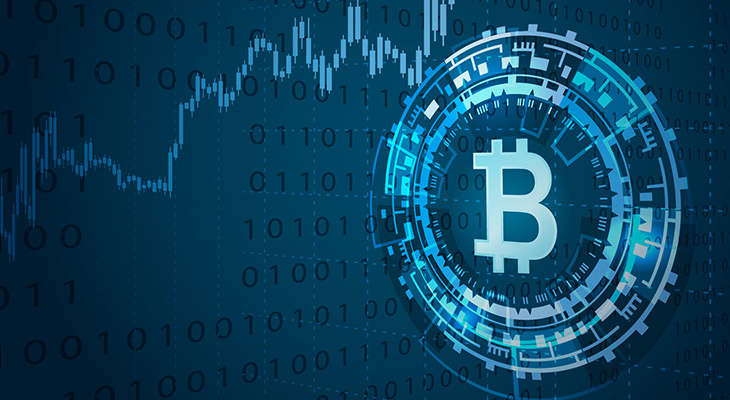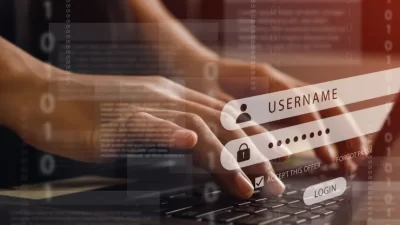Cryptocurrency mining (cryptomining) uses the processing power of computers to solve complex mathematical problems and verify cybercurrency transactions, and the miners are then rewarded with a small amount of cybercurrency.
By ACSC
Cryptocurrency explained
Cryptocurrencies such as Bitcoin are virtual currencies, which means they exist only online and there are no physical notes and coins.
There are currently more than 1,000 cryptocurrencies; the most common being Bitcoin, Monero and Ethereum.
Technology known as ‘blockchain’, acts as a digital register that records all transactions relating to a virtual currency. If you buy or sell cryptocurrency, or even use it to buy a coffee at a trendy ‘we accept bitcoin’ café’, it will be recorded in this digital register.
These transactions are then verified by ‘cryptomining’, which is legitimate and a critical part of how cryptocurrencies work.
Cryptomining uses the processing power of computers to solve complex mathematical problems and verify cybercurrency transactions. The miners, who are like auditors, are then rewarded with a small amount of cybercurrency.
This step ensures the validity of the currency, with no one able to use the same money twice. The miners keep cryptocurrency users honest!
Bear in mind however that, unlike traditional currencies, cryptocurrencies don’t belong to a central bank, meaning they have no government backing. They are international currencies and can be used to send money around the world without any identity checks, making them a popular choice for cybercriminals involved in malicious or criminal activity.
Cryptomining malware
To earn more, cybercriminals use cryptomining malware to try and hack into people’s computers and use their computer’s processing power, often without them knowing. This is when cryptomining becomes illegal.
The malware can slow computers down dramatically and stop them working normally.
Does my computer have cryptomining malware?
Surges in cryptocurrency prices means cybercriminals are increasingly targeting different platforms, including Android, smart devices and Windows, in an effort to earn more.
If your device is infected, it will be slower and struggle to perform some normal tasks as the malware is using its processing power.
How can my computer become infected?
Cryptomining malware infects computers and networks in the same ways as other types of malware, for example:
- attached to an email
- hiding on genuine or fake websites
- pretending to be an application on a peer-to-peer network.
In early 2018 cryptocurrency miners infected Google’s ad network with malware to tap into the processing power of those who looked at ads on YouTube.
Protect yourself from cryptomining malware
Follow these steps to reduce your risk of being affected by cryptomining and other malware:
- Use anti-virus software and automatically download updates.
- Use browser add-ons to block malicious activity. Browser add-ons allow your browser to do more things.
- Keep software such as your operating system and applications up-to-date.
- Use strong passwords.
- Never click on links in emails or messages you aren’t expecting, even if it looks like it comes from a government agency, well-known organisation, or a friend.
- Disable Microsoft Office macros. Macros are small programs used to automate simple tasks in Microsoft Office documents but can be used maliciously. Visit the Microsoft website for information on disabling macros in your version of Office.
- Browse the web safely.





